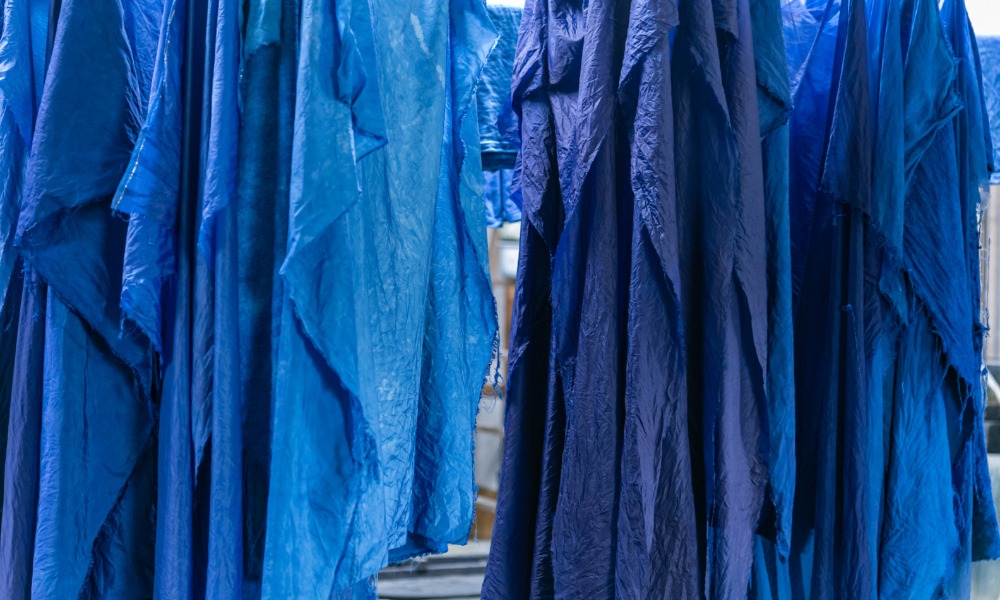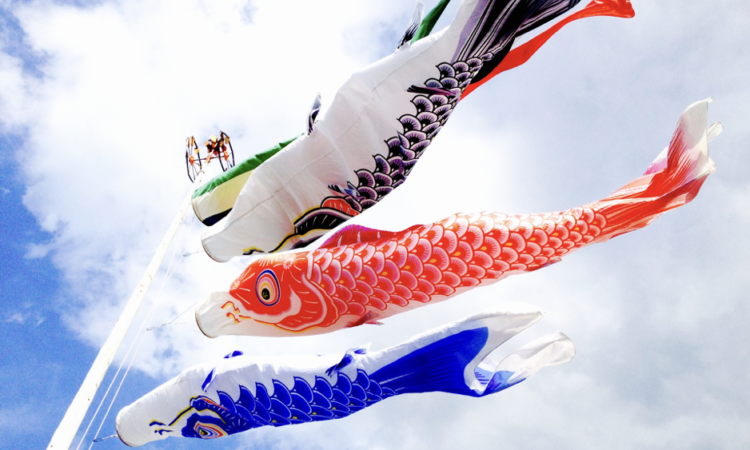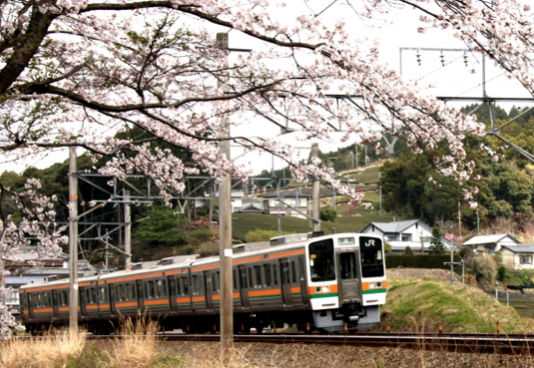Indigo is a natural dye derived from the leaves of the indigo plant and has a rich history in Japanese culture. Japanese indigo dye is known for its deep blue hue. It has been used for centuries to dye textiles and create stunning patterns in traditional Japanese garments such as kimono and yukata.
The process of making indigo dye is complex and involves fermentation, which produces a unique blue pigment.
Today, indigo remains a popular dye for both traditional and modern textiles and is an essential part of Japanese cultural heritage.
The History of Japanese Indigo
The dye was first introduced to Japan from China, along with silk production techniques, during the Nara period (710-794).
During the Sengoku period (1467–1568), an era dominated by military conflict among feudal warlords, aizome was particularly praised and appreciated by the warrior class for its beauty but primarily for its beneficial antimicrobial properties. Until the Edo period, indigo was mostly used to dye silk fabrics. But, from the 17th century, indigo dyeing became more widespread and less and less relegated to the wealthy upper classes and began to be used for cotton fabrics. During this time, the fermentation process for making the dye was developed.
The production of indigo dye was once a highly prized and valuable industry in Japan. In fact, it was so important that it was tightly controlled by the government, which set prices and regulated production. Farmers who grew indigo plants were required to sell their crops to the government, which would then distribute the dye to dyers and weavers.
During the Meiji period (1868-1912), the government began to liberalize the indigo dye industry, which led to increased competition and a decline in quality. Synthetic dyes also began to be introduced during this time, further eroding the demand for traditional indigo dye.
How Is Japan Blue Made?

Image credit: Canva.com
Making Japanese indigo dye involves thoroughly drying the indigo leaves and then fermenting them in a mixture of water, ash, and lye. This process causes a chemical reaction that releases the blue dye. The resulting liquid is then strained, and the dye can be used to color fabric. The whole process might seem straightforward, but it is long, and it can actually take more than a year before seeing the characteristic blue shade of indigo.
The particular tone, shades, and deepness of the indigo dye depend on various aspects and adjustments in the production of the pigment, and the particular blue created in Japan is often referred to as “Japan Blue.” Japan Blue is highly prized for its deep, rich tone and ability to resist fading, making it a popular choice for textiles exposed to sunlight.
Japanese Indigo Dye Today

Image credit: Canva.com
Today, many artisans and craftspeople in Japan still specialize in indigo dyeing, and they use various techniques to create beautiful and unique fabrics. Some of Japan’s most famous regions for indigo dyeing include Tokushima, where the local “Awa indigo” dyeing technique was developed. In particular, the area around Yoshino offers the perfect environment for cultivating the indigo plant.
Despite the rise of synthetic dyes, which are easier and cheaper to obtain, nowadays, the beauty and natural texture of natural indigo have been re-evaluated, and the tradition of Awa indigo has been passed on through the generations thanks to the effort of indigo artisans and other people involved, who preserve and promote Awa indigo.
Many Japanese brands specialize in indigo dyeing and offer a wide variety of indigo-dyed products, such as:
Buaisou: This brand is based in Tokushima, known for its Awa indigo dyeing technique. Buaisou uses natural indigo and traditional methods to create beautiful, high-quality fabrics.
Blue Blue Japan: This brand is based in Tokyo and is known for its high-quality indigo-dyed clothing and accessories. They use natural indigo and traditional techniques to create unique and beautiful products.
FDMTL: This brand combines traditional Japanese textiles and techniques with modern fashion design. They use natural indigo and a variety of other dyes to create intricate and unique patterns on their clothing.
Kapital: This brand is based in Okayama and is known for its denim products, often indigo-dyed, using traditional techniques. They also offer a variety of other indigo-dyed clothing and accessories.
These are just a few examples of the many Japanese brands specializing in indigo dyeing. Each brand has its unique style and approach to indigo dyeing, so there is a wide variety of products.
Get To Know Japanese Indigo
Discover the hidden gem of Japanese culture – Japanese Indigo. Have you ever heard of it before? We hope this article helped shed some light on the lesser-known yet vital part of Japanese tradition, leaving you with a newfound appreciation for this ancient dyeing plant.
Related articles:
- Top 5 Japanese Traditions You Must Try
- Experience Traditional Japan With These 7 Cultural Workshops
- Wabi-sabi: The Japanese Way of Finding Perfection in Imperfection
- How The Japanese Art of Kintsugi Can Help You Reframe Post-Pandemic Hardships
Experience Traditional Japan With These 7 Cultural Workshops
Featured image credit: Canva.com






